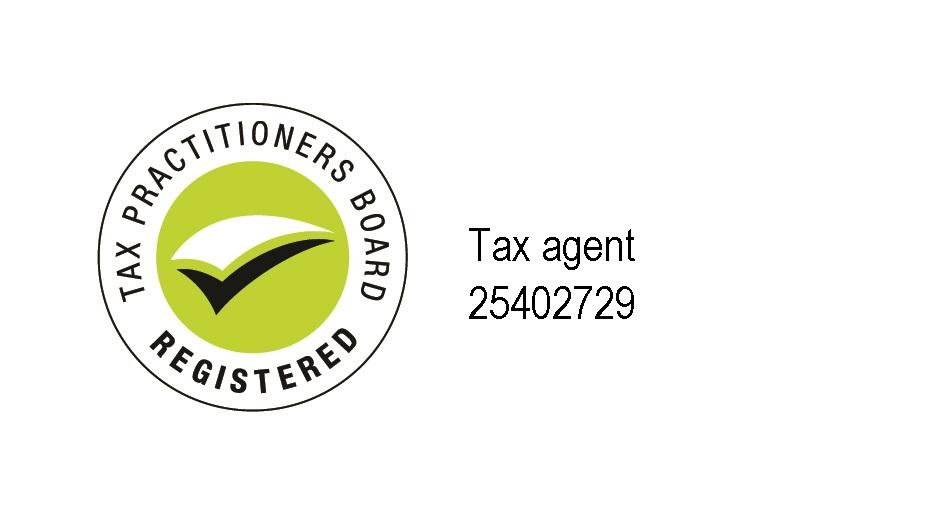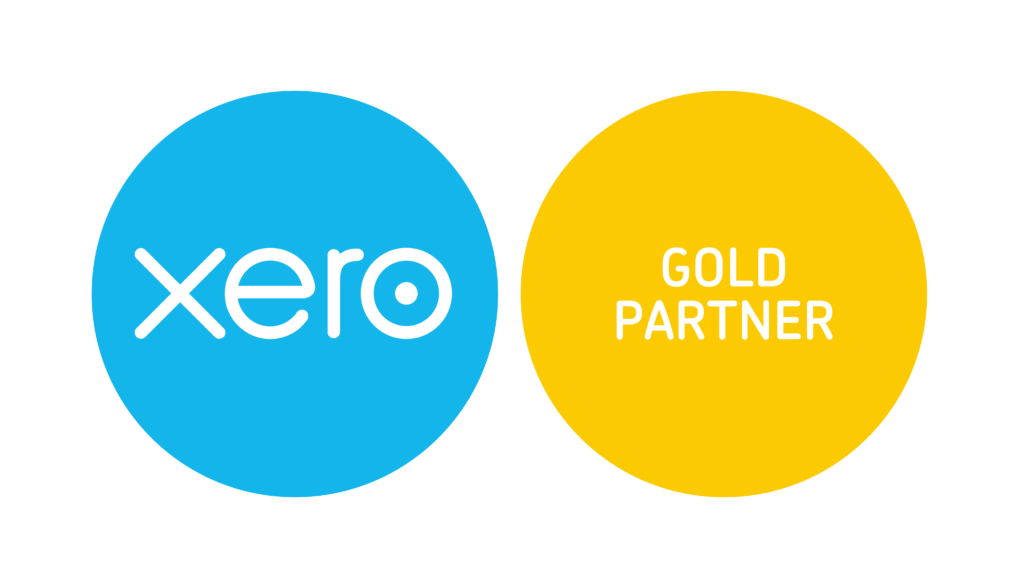How to Maximize Fringe Benefits Exemptions When Giving

In the lead up to conclusion of the Fringe Benefits Tax year, what better time to talk about fringe benefits tax and provide you with a few tips to help you avoid unexpected surprises.
April to May is the time of year when we complete and lodge Fringe Benefits Tax (“FBT”) returns for companies.
At this time of year, we ask clients to provide data relating to all benefits provided to employees and clients, more commonly in the form of private use of business owned motor vehicles, meal entertainment and gifts, and private expenses paid on employee’s behalf over the past twelve months. The FBT implications of providing such benefits are not always fully understood by businesses, which can make the data collection process difficult.
We highly recommend talking through gifts, meal entertainment and private use of motor vehicles that you provide to employees at the start of the new FBT year to ensure that record keeping is up to scratch. This will not only assist when preparing your FBT return but also give you more options as to the calculation methods you can use – which can have a financial impact on your fringe benefits tax exemptions and tax benefits.
FBT can double the cost of providing benefits to employees if not managed correctly. For this reason it is important to understand the FBT rules and implications for your business when providing benefits to employees. With proper planning, and by keeping certain benefits costs below prescribed thresholds, you can maximize your fringe benefits exemptions and keep money in your pocket.
When the FBT exposure is not effectively mitigated, it could result in significant and avoidable additional cost to businesses. The examples below aim to illustrate the point in respect to common entertainment situations.
Example 1 – Gift Cards Provided to Employees
As a staff reward, XYZ Company provides their employees with a once-off gift card to the value of $250.00, at Christmas.
On the basis that the value of each gift card is under $300 and it is provided only once a year, this benefit qualifies for the minor benefits exemption, as it is irregular and infrequent. Accordingly, the gift cards are exempt from fringe benefits tax.
Alternatively, ABC Company provides their employees with a once-off gift card to the value of $300.00. As each gift card is equal to $300 (not less than $300), fringe benefits tax will apply to the total value of gift cards.
XYZ Company will pay $0, as the gifts are exempt from fringe benefits tax. However, ABC Company will not fair so well. If they had provided the cards to 100 employees, the total value is $30,000 in gifts, plus ~$26,000 in fringe benefits tax, taking the total value of this gift giving exercise to ~$56,000.* This is a good example that highlights that fringe benefits tax can double the cost of gift giving if not planned correctly.

Example 2 – Staff Christmas Party
XYZ Company invites 100 employees to the annual Christmas Party, held at a lush reception venue (off business premises). They use an external event manager to organise the party and provide transport to the venue from the office.
XYZ Company receives an invoice from the event manager with the following GST inclusive breakdown of costs:
| Food and Drinks | $20,000 |
| Entertainment (Band/DJ) | $5,000 |
| Transport to the Venue from the Office | $2,000 |
| Management Fee | $4,000 |
| TOTAL | $31,000 |
ABC Company held exactly the same event, with the same event management arrangement and organised the same logistics. However, they received an all-inclusive invoice from the event manager, for the total GST inclusive cost, being $31,000, with no cost breakdown.
In determining the taxable value of the Christmas Party for fringe benefits tax purposes, XYZ Company needs to consider costs of all benefits provided to the employees, including food and drink, entertainment and transport. The management fee charged by the event management company is not considered to be a benefit and therefore should not be included in the taxable value. On that basis, the per head cost of the Christmas Party works out to be $270 per head (i.e. ($20,000 + $5,000 + $2,000)/100). As the cost is under $300 per head and the benefit is provided once a year, this qualifies for the minor exemption (as the benefit is infrequent and irregular) and therefore, will not attract fringe benefits tax. As a result, XYZ Company will pay no more than $31,000 for the party and employee engagement will be high.
But once again ABC Company will not fare so well. As they didn’t receive a breakdown of the costs for the Christmas Party, the total value of the invoice becomes the taxable value for fringe benefits tax purposes. Accordingly, the cost per head comes in at $310 per person and, as this is greater than $300, the minor benefit exemption will not apply. For this reason, ABC Company Christmas Party will be subject to fringe benefits tax in full.
ABC Company will pay $31,000 for the event and an additional $30,309** in fringe benefits tax, taking the total value of the party to $61,309 ***.
The correct tax treatment of costs associated with Christmas functions can be confusing as it depends on whether the employer is concessionally taxed for FBT and income tax purposes, and the method chosen by the employer to value meal entertainment for FBT purposes (there are three methods: 50/50 Split, Actual or 12 week Register) and whether benefits are provided to employees, associates or clients.
The above calculations also assume that the Actual Method was used to valuing meal entertainment . In some circumstances it might be more advantageous to use the 50/50 Split Method.
However, business’ total annual meal entertainment expenditure has to be considered in order to determine which valuation method produces the lowest taxable value. For this reason, maintaining appropriate records with a good data set is imperative and impacts your fringe benefits tax exemptions and fringe benefits tax benefits.
Semmens & Co recommends that businesses consult with us when considering staff and client rewards and benefits. This is to ensure that appropriate records are maintained, you collect the right data at the time of issue, and you have considered the type of benefits to be provided with appropriate consideration of the fringe benefits tax implications (and considered options that maximise the fringe benefits tax exemptions and benefits). Further, attention then needs to be considered on the associated Income Tax and GST implications of providing benefits. Fringe benefits tax can also have implications for Payroll Tax and Workcover reporting and potentially may increase these liabilities. It is therefore, very important that HR and finance work together find the right solution that doesn’t result in a 50% increase to the original spend.
If you have any questions or need advice and clarity specific to your business, feel free to contact Semmens & Co on 03 8320 0320 for a free consultation.
If you’re looking for more information on how to maximize tax benefits for your business, download our e-book Top 9 Tax Tips That Could Save You Thousands or, learn more about these strategies by registering to attend our webinar.
*The FBT calculation is as follows: $30,000 * 1.8868 * 47% = $26,604. Generally, gift cards are not subject to GST and therefore, the Type 2 gross up rate is applied.
** The FBT calculation is as follows: $31,000 * 2.0802 * 47% = $30,309. Christmas party costs are subject to GST, therefore, the Type 1 gross up rate is applied.
*** The above calculations assume that the Actual Method, for valuing meal entertainment, is used. In some circumstances it might be better to use the 50/50 Split method. In order to do this, the business’ total annual meal entertainment expenditure must be considered, to determine best outcome.







